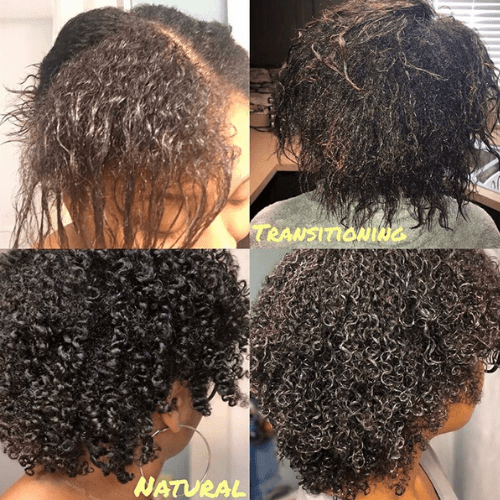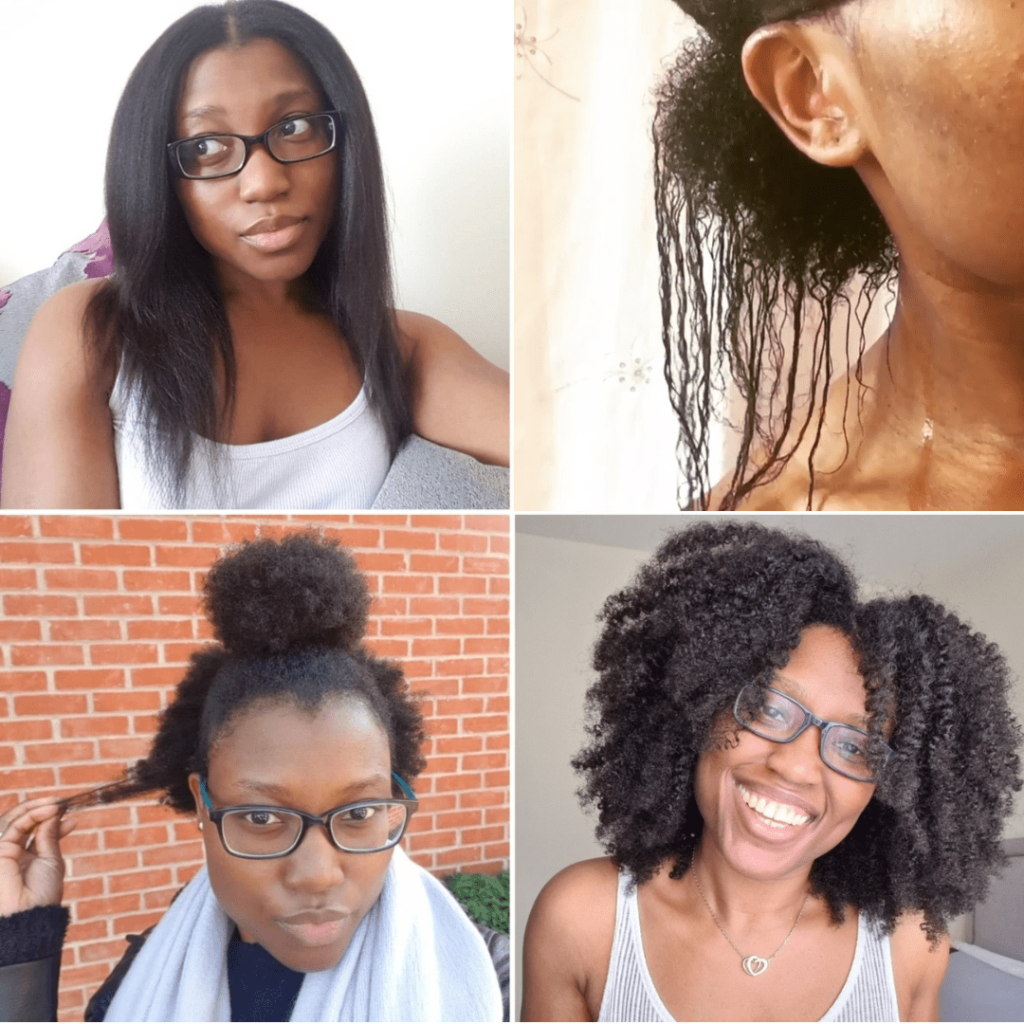Welcome to the journey of embracing your natural beauty! “How to Transition to Natural Hair” is your comprehensive guide to making the leap from chemically processed tresses to your inherent curly or coily beauty. We understand the decision to transition is significant and often filled with a mix of excitement and fear. But don’t worry, we’re here to help make this experience as seamless and enjoyable as possible. Whether you’re wavering on the edge of the big chop or choosing to gently ease into your natural hair, this article will equip you with insightful tips and techniques that will empower you to embrace your unique crown of natural hair with confidence.

This image is property of i.ytimg.com.
Introduction
Are you considering transitioning to natural hair? If you’re like many people who have spent years using chemical relaxers or other processes to straighten your hair, you might be nervous about making the switch. However, transitioning to natural hair can be a fulfilling and empowering experience. In this article, we will provide you with a comprehensive guide on how to transition to natural hair.
Why Transition to Natural Hair?
Different people have varying reasons for wanting to transition into natural hair, and whichever yours is, it’s undoubtedly a great decision. Perhaps you’re tired of the damage that chemical treatments and heat styling do to your hair. Maybe you want to embrace the natural texture and beauty of your hair. Or, you might want to save money on salon visits and expensive hair products. Whatever your reason, transitioning to natural hair is a journey that can result in healthier, stronger, and more beautiful hair.
Embracing Your Natural Texture
When you transition to natural hair, you’ll get to rediscover and embrace your hair’s natural texture. This can be an exciting journey of self-discovery and personal growth.
Less Damage and More Strength
Chemically processed hair is susceptible to breakage and other forms of damage. By transitioning to natural hair, you can significantly reduce this risk, resulting in stronger, healthier hair.
Economic Factors
Salon visits, especially for chemical treatments and specialized products, can add up over time. By deciding to go natural, you can allocate those funds elsewhere in your budget.

This image is property of i.ytimg.com.
Understanding The Transitioning Process
Before starting your natural hair journey, it’s essential to understand what the process entails. Transitioning is not a one-size-fits-all process, and it requires patience and commitment. As your new natural hair grows, the chemically processed ends will eventually need to be cut off.
Natural Hair Growth
Your natural hair will grow from the roots, while the hair ends remain chemically processed or heat damaged. It’s up to you to decide when you want to trim off these ends.
Different Textures
As your hair grows, you may notice two distinctly different textures emerging – the new growth, which is your natural texture, and the processed ends. This transition period can be challenging but remember, it’s a temporary phase that will pass.
Steps to Start Your Transition
Now that you understand what happening during the process, let’s proceed to the steps needed to start your transition.
Step 1: Stop Relaxing and Straightening Your Hair
The first step in transitioning to natural hair is to stop any chemical treatments or excessive heat-styling that alters your hair’s natural texture.
Step 2: Deep Condition Regularly
Deep conditioning should become a standard part of your hair care routine as it will add moisture and promote elasticity, reducing the chance of breakage.
Step 3: Get Regular Trims
Regular trims will gradually remove the processed ends of your hair as your natural hair grows out.

This image is property of naturallymadisen.com.
Styles and Techniques for Transitioning Hair
During your transition, you may need to experiment with different styles and techniques to manage the two different textures in your hair. Below are some suggestions:
Protective Styles
Protective styles, like braids, twists, buns, and wigs, can be an effective way to manage your hair during the transition.
Detangling
Detangling can be a bit challenging with two different textures, so it’s best to detangle your hair when it’s wet using a wide-tooth comb or fingers to reduce breakage.
“The Big Chop”
“The Big Chop” refers to cutting off all the chemically processed hair at once, instead of gradually trimming it off. This step can be quite liberating for some, but it’s entirely your decision.
What to Expect During Your Transition
Transitioning to natural hair can have its ups and downs. Some days you might struggle to manage the two different textures. Other days, you may feel frustrated by what feels like slow progress. But remember, this process is a journey, not a race. Make sure to be patient with yourself and your hair.
Length of Transition
The transition period varies from person to person and depends on several factors such as your hair growth rate, and how often you trim your ends.
Emotional Response
It’s normal to have an emotional response during the transition. You might feel frustration, impatience, or even sadness once you cut off your processed ends. But remember, these emotions are part of the journey and they will pass.

This image is property of floracurl.com.
Maintaining Your Natural Hair
Once you’ve fully transitioned to natural hair, keeping it healthy and strong is essential. Here are some maintenance tips.
Develop a Hair Care Routine
Creating a consistent routine that includes cleansing, deep-conditioning, moisturizing, and regular trims can contribute to the health and vitality of your natural hair.
Gentle Handling
Natural hair can be fragile, so treat it gently to minimize the breakage. Detangle it carefully, avoid harsh hair accessories, and don’t pull or tug at it.
Keep it Moisturized
Natural hair tends to be drier than chemically processed hair due to its texture. Therefore, keeping your hair well moisturized is paramount for its health.
In conclusion, transitioning to natural hair is a journey filled with many ups, downs, twists, and turns. But at the end of it all, you will have a head full of healthy, natural hair that you can be proud of. So why not take that step and embark on this exciting journey? Remember, patience, consistent care, and embracing change are key. You’ve got this!
